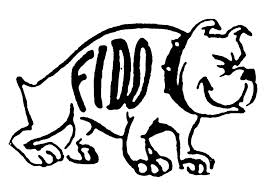Contact
FIDO Weeding Team Email: weeding(at)fido.org.au
FIDO has been involved in weeding programs on Fraser Island for two decades. Since 2005 FIDO has been steadily intensifying its weeding operations that have been focussed on the two major epicentres of weed infestation on Fraser Island (K’Gari) — the two oldest townships, Eurong and Happy Valley. The list of working bees coordinated by FIDO shows that FIDO now organizes seven groups of volunteers to go to Fraser Island each year to spend a week working on controlling the weeds. Volunteers spend a minimum of 20 hours working on the bush regeneration targets set be the team coordinators and spend the rest of the time exploring
Interim Weed Management Program Eurong September 2017
Photos, Diaries and Reports
Photos
Photos of the August 2010 Weeding Trip
Photos of the April 2010 Weeding Trip
Invitation to next trip – 29 November to 10 December 2008
Weeding Project Update – August 2007
Happy Valley plant species list
Photos of Weeding Trips and weeding signs being installed
Diaries and Reports
All following link are in PDF Format
If you require a PDF Reader please follow this link to download a free version ![]()
FIDO’s Bush Regeneration Working Bee Record.pdf (113.6kb)
Happy Valley Regeneration poster for conference
- FIDO Happy Valley weeding trip 27th April – 3rd May
- Happy Valley Bush Regenerating Trip 9th – 15th June 2019
- Diary Eurong Bush Regeneration October 2018
- Diary Eurong Bush Regen July 2018
- Happy Valley BR Report August 2018
- Happy Valley Cassia Blitz Weeding Trip – 29th April – 5th May 2018 Report
- Report Eurong Interim Work Bee May 2018
- Diary Bush Regeneration Eurong Feb 2018
- FI Happy Valley Weeding Trip 4th – 10th February 2018
- Report Interim Eurong Working Bee 15th -19th January 2018
- Happy Valley Weeding Trip 19th – 25th November 2017
- Eurong Weed Busters October 2017
- Diary for Eurong BR Weedsters July 17
- Diary for Eurong Weed Maintenance May 2017
- GHT Easter 2016 Maintenance Report
- Bush Regen Diary March 2017
- Fraser Island Happy Valley Weeding Trip 5th – 11th February 2017
- Diary for Interim weed Working Bee Eurong 12 to 17 February
- Happy Valley Weeding Trip: 4th – 11th November 2016
- Bush Regeneration October 2016 Eurong
- Bush Regeneration February 2015
Bush Regeneration 2005 to 2015
- Bush Regeneration October 2015.pdf
- Bush Regeneration July 2015.pdf
- Bush Regeneration Eurong May 2015.pdf
- Bush Regeneration Week Eurong February 2015
- Bush Regeneration August 2014.pdf
- Bush Regeneration Week May 2014.pdf
- Bush Regeneration Week Eurong and Happy Valley February 2014
- Bush Regeneration and Monitoring September 2103
- Bush Regeneration and Monitor April 2013.pdf
- Bush Regeneration and Monitoring Project March 2013
- Bush Regeneration Eurong Week November 2012
- Bush Regeneration May 2012 X Pics.pdf
- Bush Regeneration and Monitoring April 2012
- Bush Regeneration Eurong March 2012.pdf
- Bush Regeneration February 2012.pdf
- Bush Regeneration Eurong November 2011 Week 2.pdf
- Bush Regeneration May 2008.pdf
- Bush Regeneration May 2007.pdf
- Bush Regeneration May 2006.pdf
- Bush Regeneration Eurong October 2005
List of Native Species of Plants in and Around Happy Valley and Middle Valley
What’s a weed?
Any plant that does not belong. We’re mainly concerned here with invasive weeds – garden escapees that are marching into the bush.
The most common weeds on Fraser Island include Easter Cassia, Singapore Daisy and Asparagus vines.
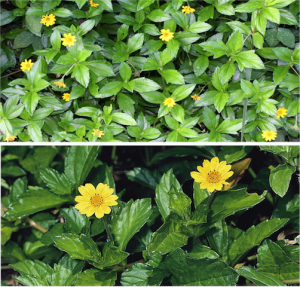 Singapore Daisy (Sphagneticola trilobata) |
 Easter Cassia (Senna pendula var. glabrata) |
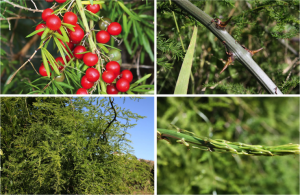 Asparagus Fern (Asparagus aethiopicus L. ‘Sprengeri’) |
(Images courtesy of www.daf.qld.gov.au/biosecurity)
How serious is the weed problem
37 in 1991: The World Heritage nomination for the Great Sandy Region listed only 37 species of exotic plants in the detailed list of 662 species of vascular plants that had been recorded on Fraser Island up to 1991. By 1997 the plant list had grown to 786 but so too had the number of alien plants.
103 in 2004: In 2004 the Natural Resource Ranger on Fraser Island, Dr Ivan Thrash, drafted a Pest Management Plan that listed 103 weed species, all of the known weeds growing on Fraser Island at that time.
196 in 2015: By 2015 the weed list had almost doubled to 196 species. What is more significant though is that two of the worst weeds Coral Creeper (Baleria repens so far restricted to Eurong, and Crabeye (Abrus prectorius var. africanus) so far restricted to the Happy Valley area), were not included on the 2004 list, but they are now present the most serious weed problems in their respective localities. The introduction of Abrus and Coral Creeper underlines the urgent need for much stricter biosecurity on K’Gari.
What is being done K’Gari’s about weeds:
The problem of weeds is not limited to just the two townships where FIDO is working and various state government , the Fraser Coast Regional Council and the Burnett Mary Regional Group have responsibilities for managing weeds within their jurisdictions.
To help coordinate the various efforts in 2005 the interested stakeholders came together to establish the Fraser Island Natural integrity Alliance — FINIA for short. (www.finia.org.au) FINIA is coordinating the Fraser Island Weed Management Strategy to cover the whole island.
FIDO and our FINIA partners are following a policy of not removing any plant material from Fraser Island and not taking any plants or plant propagation material on to K’Gari. That should avoid new introductions but we constantly hear reports that new plants are being carried to the island. Carrying potted plants runs the risks of introducing soil borne disease and exotic fauna from earthworms and ants to even small reptiles as well as potential plant diseases. Queensland’s Biosecurity Act legislates for a General Obligation requiring all visitors to Fraser Island to accept responsibility for biosecurity.
How did the weeds get there:
The number of weed species has escalated on Fraser Island from 37 species when Fraser Island was nominated for World Heritage listing to 198 by the end of 2014. That is more than a 500% increase and added 159 new weeds in less than 25 years; They arrived in three main ways:
- Garden plants: Many garden plants escaped from the garden and have begun growing wild,. Easter Cassia, Coral Creeper and even seemingly innocent plants like Clivia Lilies have become weeds on Fraser Island this way. Often the introductions were many years ago before their impacts were recognised; the seeds of these plants are spread by wind and birds.
- Hitchhikers: Many weed plants including most of the grasses came to Fraser Island as hitchhikers, in the undercarriage of 4WDs, in cargo, in camping gear and building material. These weeds also i nclude pasture plants like Siratro and many of the burrs. This is why quarantine is important.
- Dispersal from adjacent mainland: Some weeds like lantana and Groundsel found their own way to the island through wind and bird dispersal
Centre of infestation:
It is in the villages where the gardens were established and where vehicles and people stop and unload that the main infestations occur. The more traffic and gardens the greater the number of weeds to occur. Some weeds are spread from cuttings so garden waste carelessly discposed of instead of being daten to the waste disposal centres in Happy Valley and Eurong, , not the bush.
How did they get there?
Almost all were deliberately bought to the Island as garden plants, often many years ago before their impacts were recognised. The seeds of some of these plants are spread by wind and birds. Some weeds are spread from cuttings so garden waste should go in the bin, not the bush.
The Villains:
Different parts of Fraser Island have different weed. For example, The highest priority weed to control in Happy Valley is Abrus prectorius (var. Africanus) that weed doesn’t exist as far as is known outside Happy Valley which is why it a priority to eradicate it before it spreads any further. Likewise while Coral Creeper represents the top priority weed in Eurong because of how easily its wind blown seed is spread and because of its capacity to dominate habitats, there is Coral Creeper in Happy Valley. Similar stories can be told about may other weeds including Groundsel along low areas adjacent to Great Sandy Strait and Easter Cassia that is restricted to areas close to the two villages and Sisal that is found adjacent to the former Bogimbah Mission and Sandy Cape. The diaries for Bush Regeneration trips describe the villains being tacked and why they are prioritized
Managing Weeds
Managing weeds is everyone’s responsibility particularly on World Heritage Fraser Island. . While FIDO and other voluntary groups and the Fraser Coast Regional Council make periodic assaults to help control the weeds nothing is as effective as preventing any weed becoming a major problem in. In this landholders have three key roles:
- Vigilance: Alert Council, FINIA, FIDO or the QPWS to any alien plant s that seem to be growing where they shouldn’t bee. Other easy jobs for residents and regular visitors include keeping an eye on weeds to report their spread, replacing weeds in the garden with Council recommended native species or even taking over care of a small patch of bush – with expert help in what to do provided. FIDO is prepared to help landholders deal with weeds on their land with landholder permission.
The Fraser Coast Regional Council has produced a booklet. Weed Control in the Fraser Island that provides guidelines for settlements on Fraser Island. FIDO has produces another booklet on a Native Garden Planting Guide for Fraser Island landholders.
- Observe strict quarantine: Don’t take any plants or plant propagation material on to Fraser Island . That should avoid new introductions but we constantly hear reports that new plants are being carried to the island. Carrying potted plants runs the risks of introducing soil borne disease and exotic fauna from earthworms and ants to even small reptiles as well as potential plant diseases. Avoid hitchhikers in the form of weed seeds that by ensuring vehicles are clean below when going on to the island and that luggage and cargo aren’t innocently carrying stowaway seeds.
- Stop the spread: If residents and managers can only help in one way it would by not throwing your garden waste anywhere other than in the industrial bins provided. Lawn clippings are alive with seeds and should never be dumped in the bush
How can I help?
FIDO runs a number of weeding bees to Fraser Island. There concentrate on the townships of Eurong and Happy Valley. As the older townships they have the most established weeds. Other groups are doing great work at Sandy Cape Lighthouse, the FINIA Weeds Officer and the EPA is Rangers are working on weeds too.
The weeding bees usually run for either one week or two. During the days in between volunteers will spend anywhere from 3 to 6 hours a day weeding. This depends on trip duration, fitness, weather, type of work etc. This is usually done in the morning and or in afternoon sessions. That leaves time for half day trips to places of interest. Longer weeding bees feature a full day off somewhere in the middle.
What techniques are used?
FIDO uses two methods to eradicate and control weeds on Fraser Island:
- The preferred option is the Bradley Method slightly modified according to the circumstances. If the situation requires it, we will ‘cut stump’ – that is paint poison on a weed just sawn or cut close to the ground. We only pull smaller weeds to avoid disturbing the soil. There are always exceptions and there are a range of tools and weeds to suit most skill and energy levels. Many weeds have to be bagged and disposed of in the rubbish to prevent their spread. Others can be left on the ground or arranged on site so they won’t sprout.
- Some weeds can’t be controlled manually. For these weeds chemical spraying is necessary for some weed species that are widespread and almost impossible to control with a small workforce
FIDO gratefully acknowledges the effort of Eurong Resort, NPWS/EPA, BMRG, Greening Australia and Council in supporting this initiative. We also value the work of other groups working in other areas to keep the Island’s weeds at bay.
| This weeding project is paid for with assistance from | 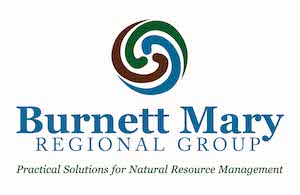 |
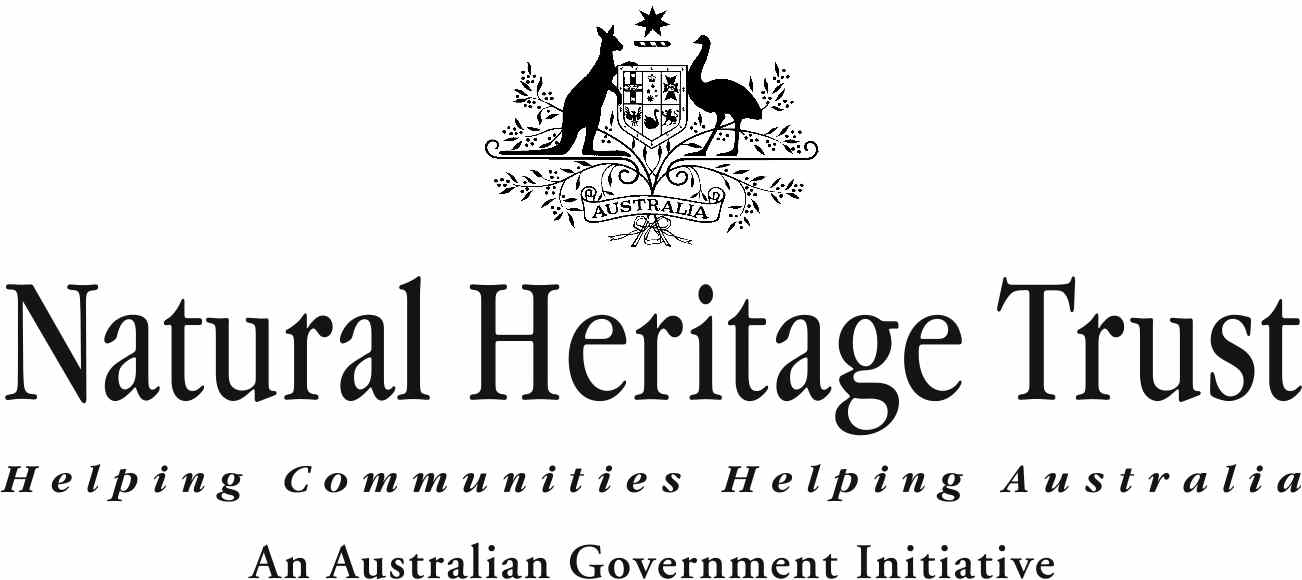 |
| Sponsored by |  |
|
| And kindly supported by | 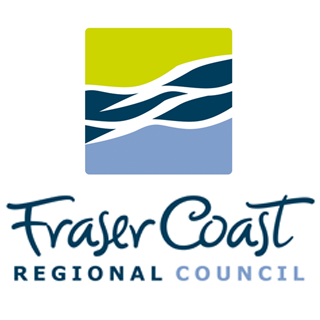 |
 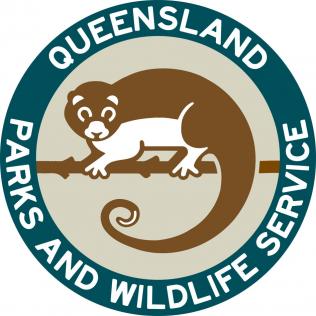 |
FIDO acknowledges financial assistance provided to our Happy Valley Weed Eradication program through the Fraser Coast Regional Council Community Environment Program.
